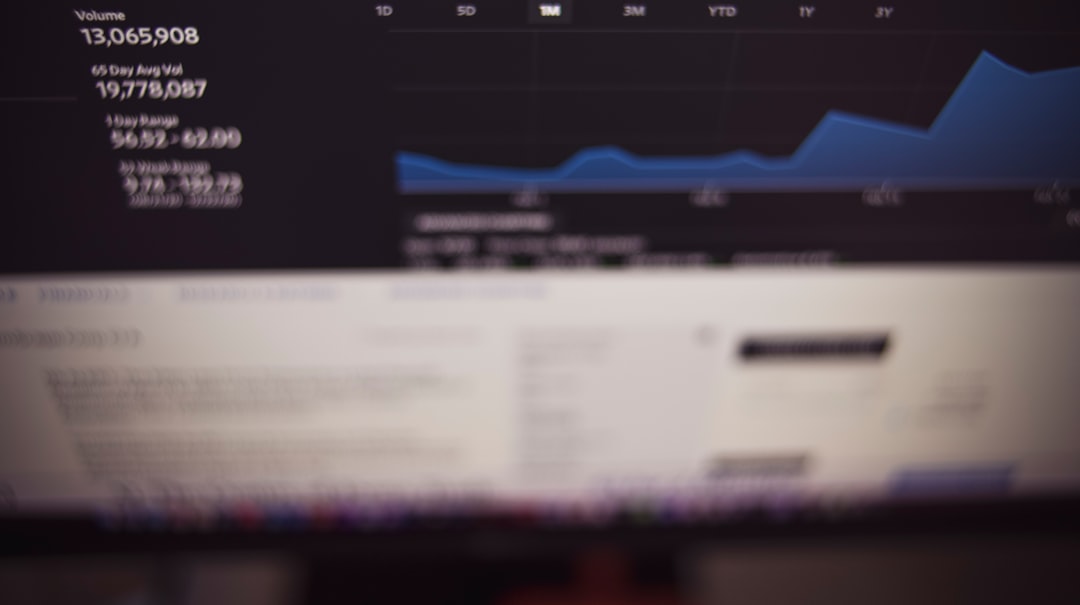Search engine optimization (SEO) has always been a dynamic field, continuously shaped by Google’s evolving algorithms and user behavior. As we approach 2025, it’s clear that SEO is not just about rankings, keywords, or backlinks anymore—it’s about relevance, context, and trust. Google has made significant changes in the past few years, integrating artificial intelligence (AI), prioritizing user intent, and cracking down on manipulative tactics. To stay ahead, marketers and webmasters need to understand what Google truly values moving forward.
Understanding Google’s True Intent in 2025
In 2025, Google’s strategy is sharply focused on improving the search experience through smarter algorithms, context-aware content processing, and elevating authentic and trustworthy information. What does this mean for SEO professionals and businesses?
1. Content Quality is Still King—With a New Crown
Google’s emphasis on content quality is not new, but their definition of “quality” has become more refined and intelligent over time. With the rollout of the latest iterations of the Helpful Content Update (HCU), Google now measures content against a backdrop of:
- Depth and comprehensiveness: Thin content is no longer tolerated. Google prefers long-form, deeply researched content that answers multiple facets of a query.
- Expertise and authority: Google’s E-E-A-T (Experience, Expertise, Authoritativeness, Trustworthiness) signals play an even more central role in 2025.
- Originality: AI-generated content is widespread, but Google values human insights, firsthand experience, and unique perspectives.
Sites that offer real value from experts or those with lived experience—rather than generic, regurgitated pages—are now rewarded handsomely in the rankings.

2. User Experience (UX) and Core Web Vitals
Google’s Page Experience Update introduced Core Web Vitals as key ranking factors, and by 2025, they’ve been integrated even deeper into the algorithm. The current Core Web Vitals—Largest Contentful Paint (LCP), First Input Delay (FID), and Cumulative Layout Shift (CLS)—have been enhanced to reflect not just speed and layout, but also real user engagement, accessibility, and page stability.
Recent updates mean websites are ranked in part by:
- Mobile-first performance and seamless device responsiveness
- Clear visual hierarchy and intuitive navigation
- Accessibility features such as alt text, keyboard navigation, and screen reader compatibility
Google’s machine learning (ML) systems are now even better at emulating user satisfaction. Sites with frustrating interfaces—pop-ups, delays, broken elements—take a direct hit on their search visibility.
3. AI-Driven Search and the Rise of SGE
Search Generative Experience (SGE) has entered mainstream use within Google’s ecosystem. In short, SGE merges traditional search results with AI-powered overviews, offering users faster and more comprehensive answers right on the results page.
This shift means the classic “10 blue links” are becoming less prominent. Instead, the SERP may include:
- AI summaries pulling data from multiple trusted sources
- Interactive knowledge panels and multimedia content
- Customized search experiences based on user intent patterns
To optimize for SGE, websites must ensure they provide clear, structured, and factual content. Including well-cited statistics, up-to-date facts, and semantically rich formatting makes it easier for AI tools to understand—and excerpt—your content.

4. Semantic SEO and the Power of Context
Keyword stuffing is long dead. In its place, context reigns supreme. Google’s natural language processing (NLP) capabilities are now powerful enough to interpret nuance, user intent, and semantically related topics.
Smart structure and content relationships will elevate your SEO success. Essential methods in 2025 include:
- Topical clustering: Grouping content around central hub topics and linking to relevant subtopics to demonstrate authority
- Entity optimization: Using named entities (people, places, things) to give Google clarity on what your pages are about
- Schema markup: Structured data helps contextualize your content for AI-driven search and rich results
The goal is not just to match search queries with keywords, but to match content with the broader concept—and user needs—behind the query.
5. First-Hand Experience and Human-Centered Content
In response to mountains of synthesized, AI-generated content, Google has stepped up the demand for humanized, experience-based writing. A particularly interesting change is how Google now rewards “impressions of reality.”
This might include:
- Product reviews that explain how an item performs after months of use
- Service articles that include personal anecdotes or field-specific insights
- Case studies, testimonials, and user-generated insights integrated directly into content
Rather than shy away from AI tools, many brands have embraced them to support the writing process—but they are careful to integrate unique commentary and verified information throughout. This hybrid approach is considered best practice.
6. Author Reputation and Content Attribution
The days of anonymous blog content are numbered. Google now uses linked author profiles, digital credentials, and content history to determine a writer’s trustworthiness. This directly impacts a site’s visibility in sensitive YMYL (Your Money or Your Life) niches such as health, finance, and legal services.
Credibility boosters now include:
- Clear author bios with relevant credentials and links to verified profiles
- Consistent publication history across trusted platforms
- Mentions and citations by other authoritative websites
Sites that invest in real content creators, showcase their qualifications, and align them with niche topics are performing significantly better in sensitive verticals.
7. Zero-Click Searches: Preparing for Fewer Visits
In 2025, more searches are ending on Google itself due to direct answers, featured snippets, and AI summaries. Brands must shift their mindset: SEO’s new value isn’t always tied to website traffic, but to brand visibility within the SERP.
Key tactics include:
- Optimizing for featured snippets and “People also ask” results
- Creating content specifically written in Q&A format
- Using structured data to feed Google accurate, concise information
The goal is to become the source Google draws from, even if the user doesn’t click through. SEO success now includes occupying higher SERP “real estate,” not just generating sessions.

Looking Ahead with a Strategic SEO Mindset
The path forward in SEO is both technical and philosophical. Technically, sites must meet speed, structure, and usability standards. Philosophically, content creators need to offer real value, insight, and context. The marketer who thrives in 2025 will not obsess over rankings alone—they will prioritize reputation, relevance, and the user journey.
To prepare for 2025 and beyond, consider these strategic recommendations:
- Audit your content with an emphasis on E-E-A-T.
- Invest in experienced writers and credible sources.
- Leverage AI where appropriate—but never at the cost of authenticity.
- Adapt to Google’s evolving search UX with flexible, semantically rich content.
Google’s goal is clear: to serve users the most accurate, relevant, and trustworthy information available. If your site aligns with this goal, SEO success in 2025 will follow—as a natural byproduct.








